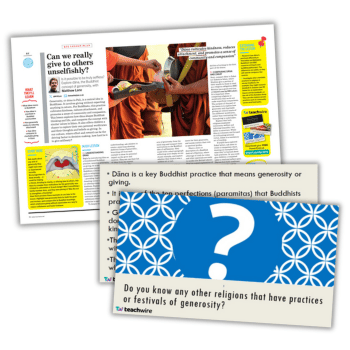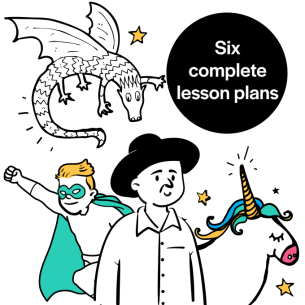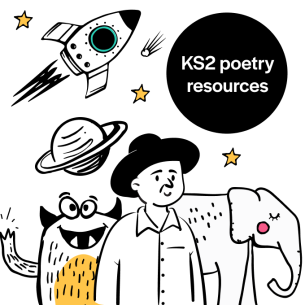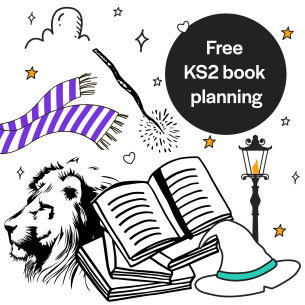Lesson plan and PowerPoint
KS2
Years 3-6
In this Buddhism charity KS2 lesson you’ll explore generosity, or dāna in Pali. This is a central idea in Buddhism. It involves giving without expecting anything in return.
For Buddhists, this practice cultivates kindness, reduces attachment, and promotes a sense of community and compassion. This lesson explores how dāna shapes Buddhist thinking and life, and compares the concept with similar values in Islam.
It also offers children a chance to explore their own personal worldviews and their thoughts and beliefs on giving. In our culture, where effort and reward can be the driving factor in decision-making, how hard is it to give selflessly?
KS2 Buddhism charity learning objectives
- Learn what dāna means in Buddhism
- Find out how dāna is practised in Buddhist communities
- Learn how generosity relates to reducing attachment
- Explore how dāna compares to charitable giving in Islam
Starter activity
Ask pupils about any acts of generosity they might have seen or experienced recently. Encourage them to think broadly – it could be helping a friend, donating to charity, or offering time to others.
Ask them to consider their motivations for this generosity: was it linked to a Brownies or Scouts badge? Was it something a family member does, and they were joining in? Was the act to strengthen a friendship?
Have them jot down these examples to use later in the lesson. Highlight how generosity feels for both the giver and receiver, and compare this to Buddhist teachings, which emphasise giving without expectation as a way to reduce selfishness and foster kindness.
Matthew Lane is a teacher from Norfolk. His book Wayfinder, on how to lead curriculum change, is out now.











